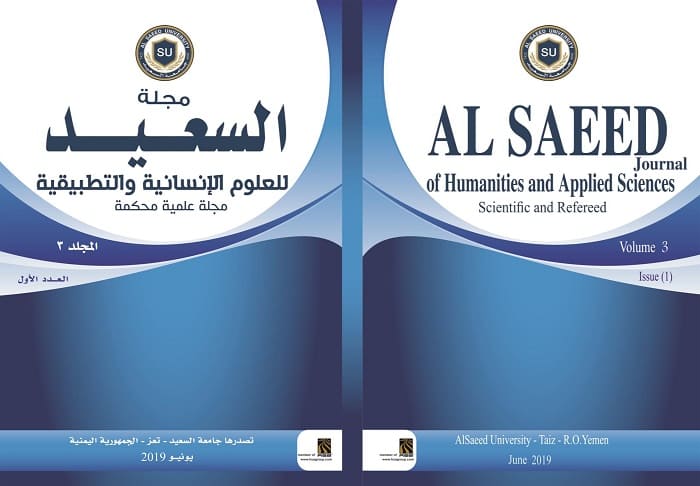Analytical thinking and its relationship to decision-making among students of the Faculty of Education at Taiz University - Turbah Branch in Yemen
DOI:
https://doi.org/10.59325/sjhas.v3i1.56Keywords:
analytical thinking, decision making, relationship, students of the Faculty of Education.Abstract
The present study aims to investigate the level of analytical thinking and its relation to the ability of students at the Faculty of Education, Taiz University, Turba to make decisions. Two scales were used, namely an analytical thinking scale and a decision-making scale. The former, in its final form, consists of (20) items. The latter, on the other hand, includes (25) items that cover five main skills. The validity and reliability of the two scales were verified. A Stratified random sample was used in the study. It consisted of (340) male and female students from the first and fourth levels of the following departments: Quran Sciences, Arabic, English, mathematics, and physics. The results showed a high level of improvements in analytical thinking and decision-making capabilities of the members of the sample. The results also showed that there were no statistically significant differences in the level of analytical thinking and the level of decision-making competence at α=0.05 due to the gender variable or the level of study variable. However, the results showed that there were statistical differences at α=0.05 due to the specialization variable in favour of the Department of Quran Sciences. The results also showed a strong and positive relationship between the level of analytical thinking of the members of the sample and their decision-making capabilities. Based on the findings of the study, some recommendations and proposals were given.
Downloads
Published
How to Cite
Issue
Section
License
copyright is retained by the authors. Articles are licensed under an open access Creative Commons CC BY 4.0 license, meaning that anyone may download and read the paper for free. In addition, the article may be reused and quoted provided that the original published version is cited. These conditions allow for maximum use and exposure of the work.



